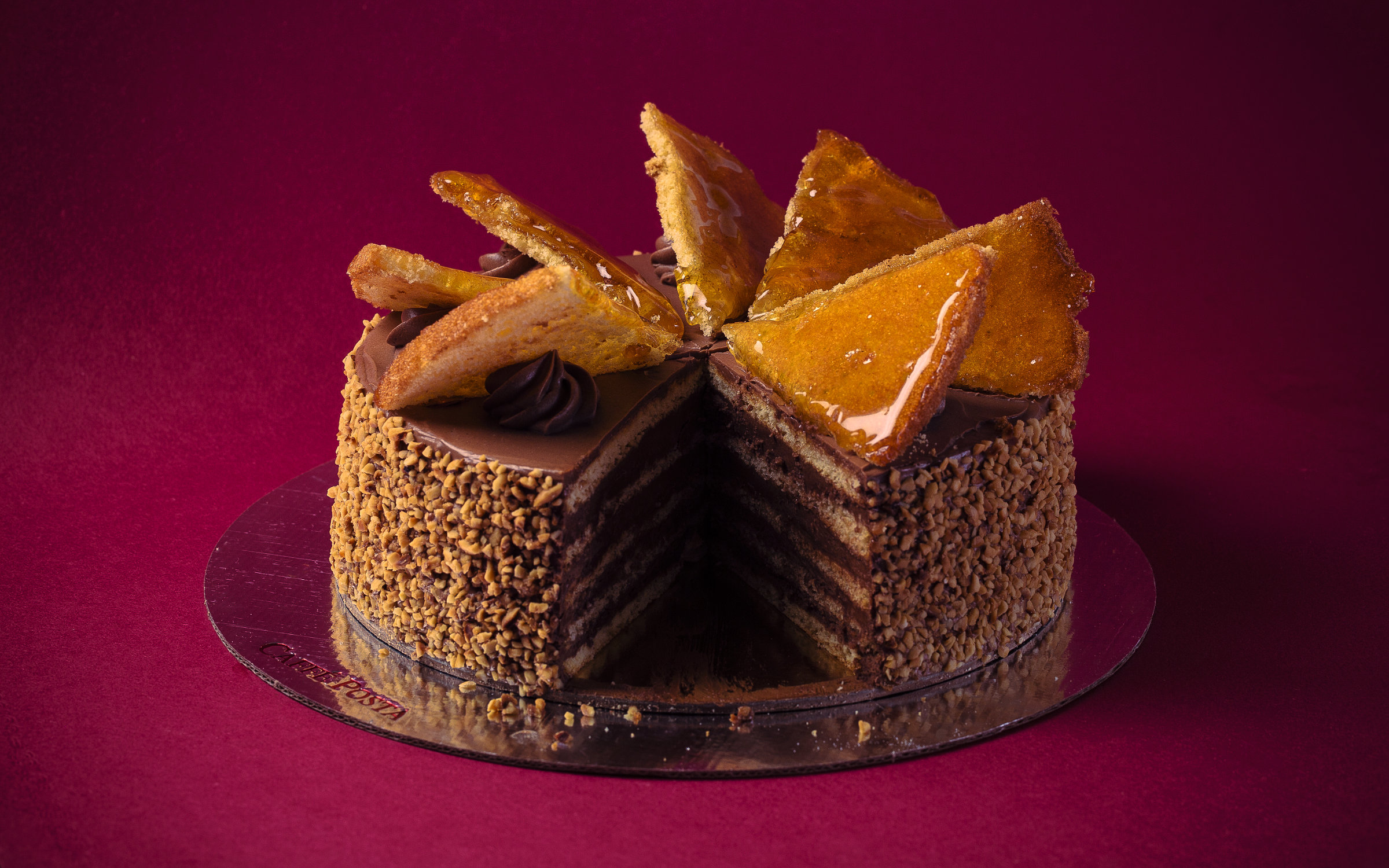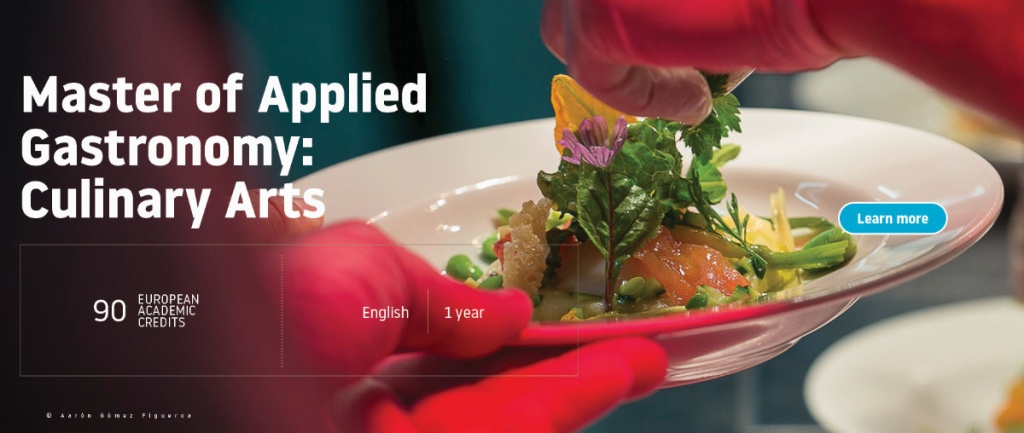The New Gastronome
Dobos Torta
by Constanze Weiss
by Constanze Weiss

In 1885, where this story shall find its beginning, Budapest was one of two capitals within the Austro-Hungarian Empire. Home to breath-taking architecture, Roman baths and a renowned coffeehouse culture, it stood alongside Vienna as the place for juristic action, cultural appreciation and … cake. Usually layered, the classic Hungarian cakes, like Zserbó or Eszterházy, became popular even outside the Dual Monarchy and were soon joined by yet another classic, the Dobos torta.
A cake unlike any other at the time, we need to take a step back and into the bright mind of a Budapest delicatessen owner and pastry chef, to help this story – and the cake – into existence. It’s the end of the nineteenth century and cakes are a big topic all over Europe, with the famous Austrian Sachertorte having been invented roughly fifty years prior and, with some sources placing the distinguished French opéra gâteau towards the end of the 1890s as well. But due to cooling issues, they are difficult to transport and hard to keep fresh. Reason enough for József C. Dobos to start thinking about a cake that could overcome these problems.
“The result is a fabulous, moist cake that might appear much simpler than other cakes of its time, but tastes deliciously of rich and buttery chocolate, caramel and nuts.”
A. D. V. E. R. T. I. S. I. N. G.
Through various experiments and lucky accidents, he finally decides on a layered cake, alternating layers of vanilla sponge with chocolate buttercream – a more stable alternative to previously used cream forms – all topped with a final caramel-covered layer of sponge cake that could seal the torta from the top. At the time, this layer was not placed atop on an angle, as it can be often seen today. The sides are preserved through a layer of buttercream and, additionally, with ground nuts to keep the cake from drying out. Even the seven layers within the torta have a purpose and help it to maintain its shape while being transported. The result is a fabulous, moist cake that might appear much simpler than other cakes of its time, but tastes deliciously of rich and buttery chocolate, caramel and nuts. Happy with his masterpiece, József C. Dobos plans to introduce it at the National General Exhibition of Budapest in 1885, to be tried, tested and tasted by none other than the Austrian imperial couple Franz Josef I. and Elisabeth, simultaneously the King and Queen of Hungary.
Innovative, delightful in taste and seemingly approved by the Royal Highnesses, the Dobos torta goes on to achieve popularity within and outside the Austro-Hungarian Empire and remains to be one of the most famous and well-known cakes of Hungary, where it can still be found in every typical coffee house – even today.
Though we may never know how the royal couple, and especially Elisabeth – widely regarded as one of the most beautiful women in Europe at the time and known to be all but obsessed with her physical appearance, diet, and exercise – felt about the sweet treat, it remains special in its simplicity and delicacy, transporting the sweet taste of history with every single bite.